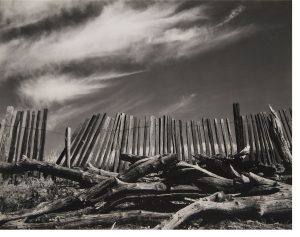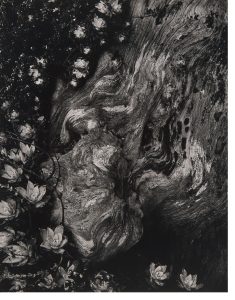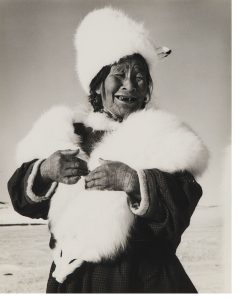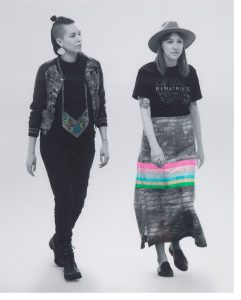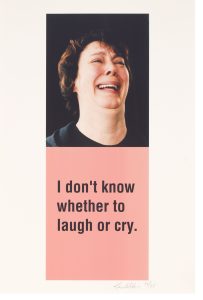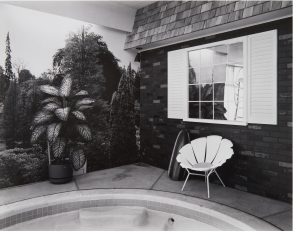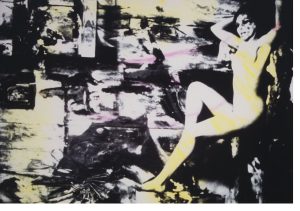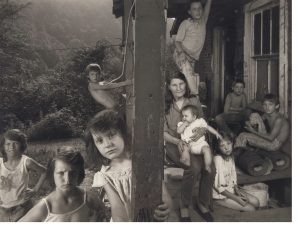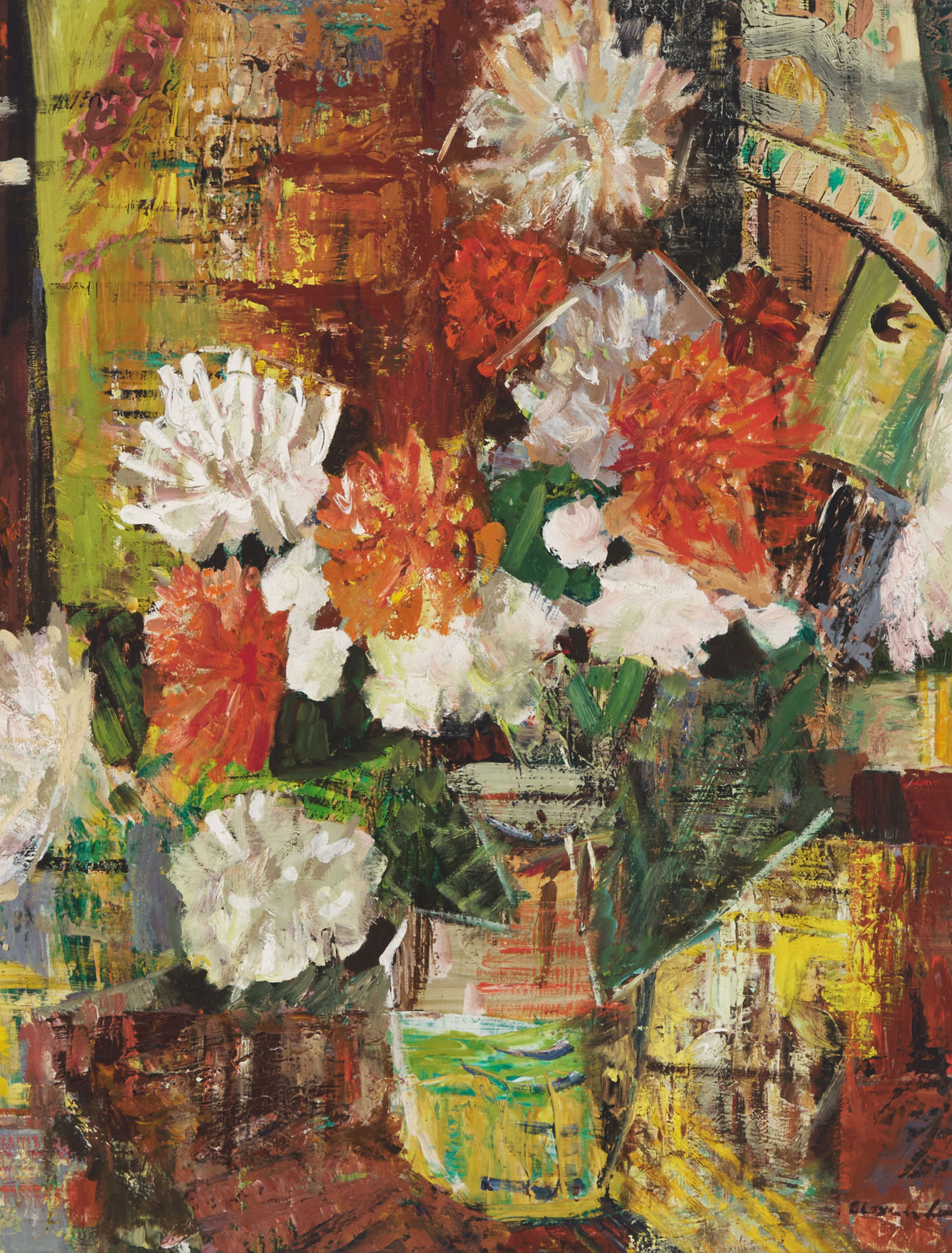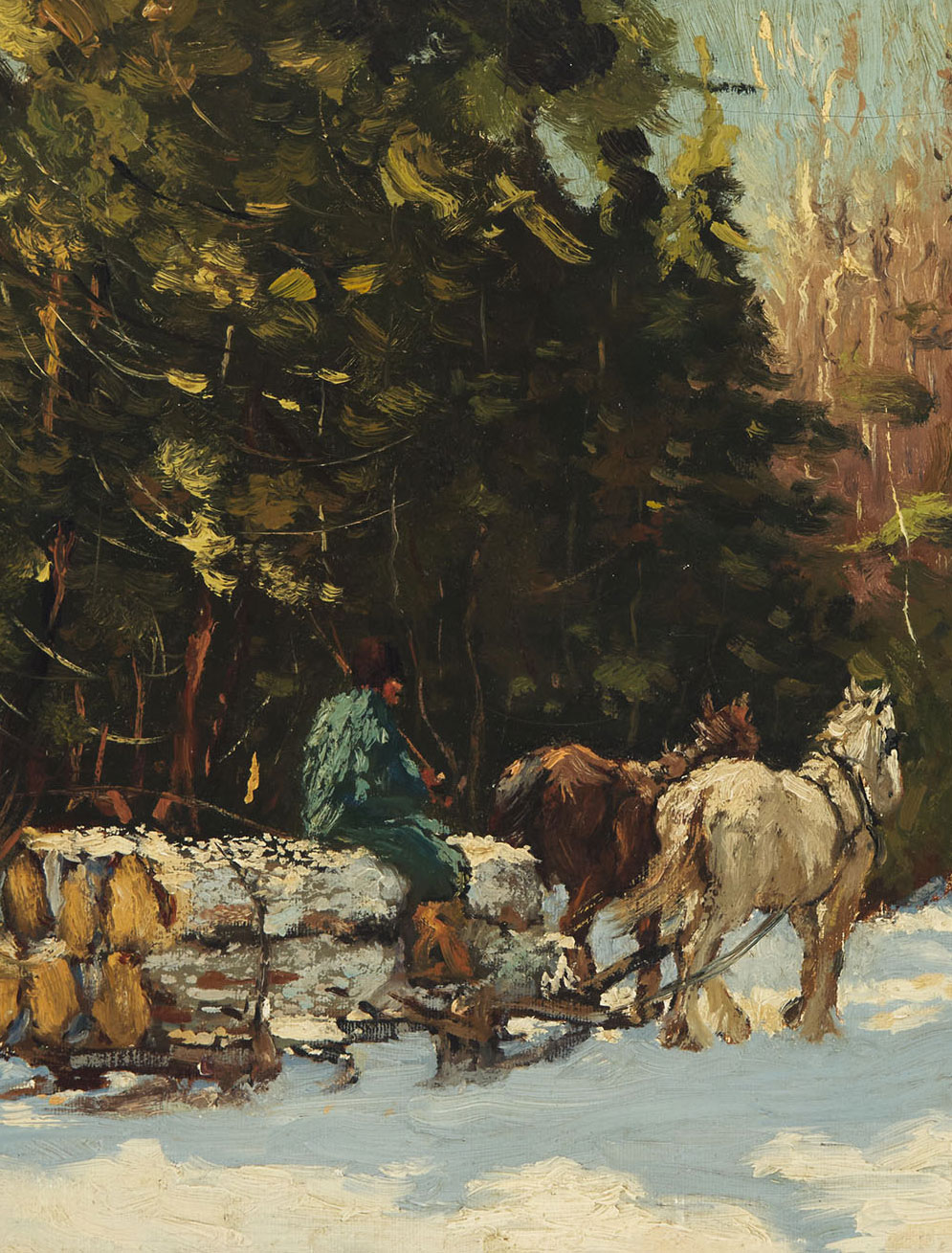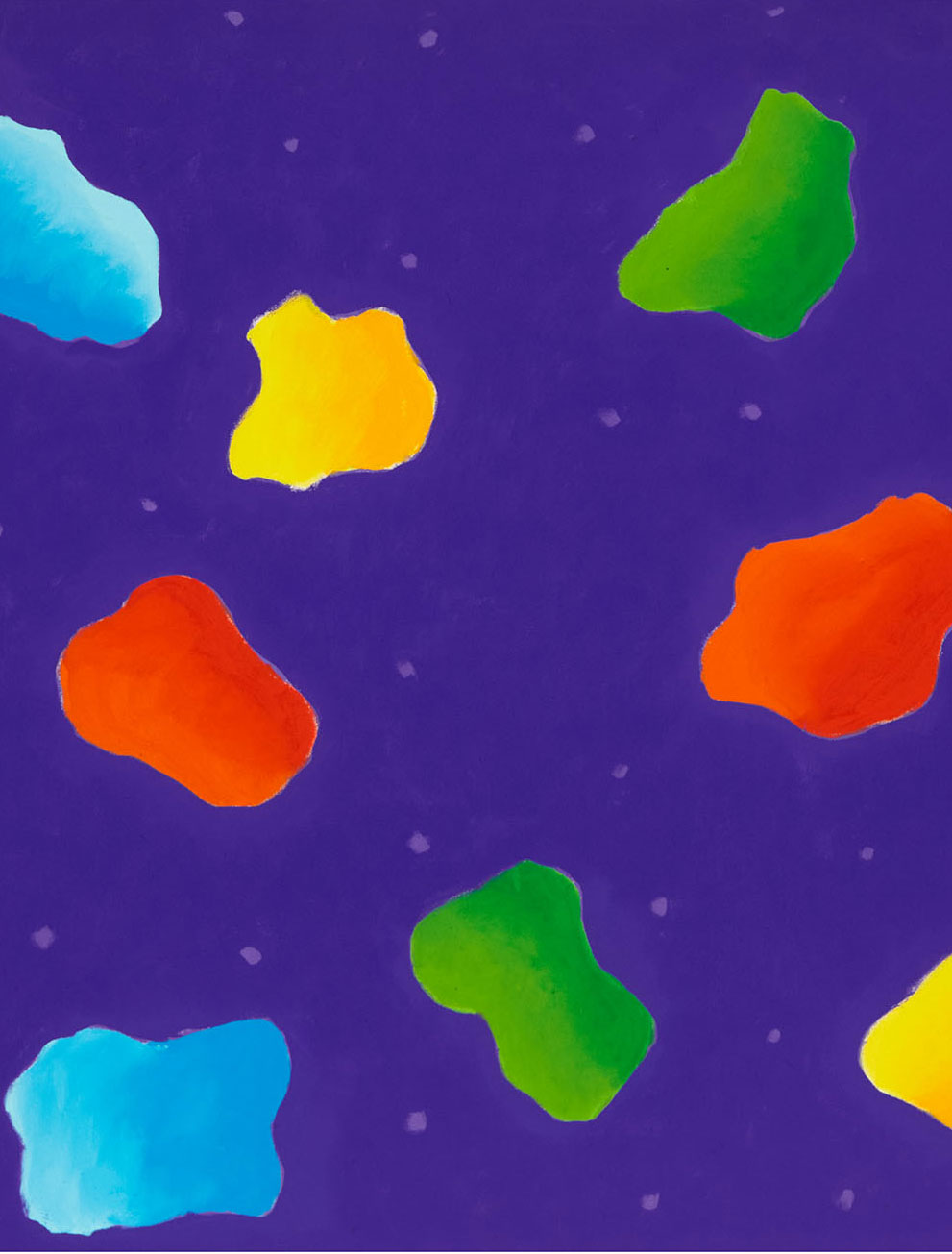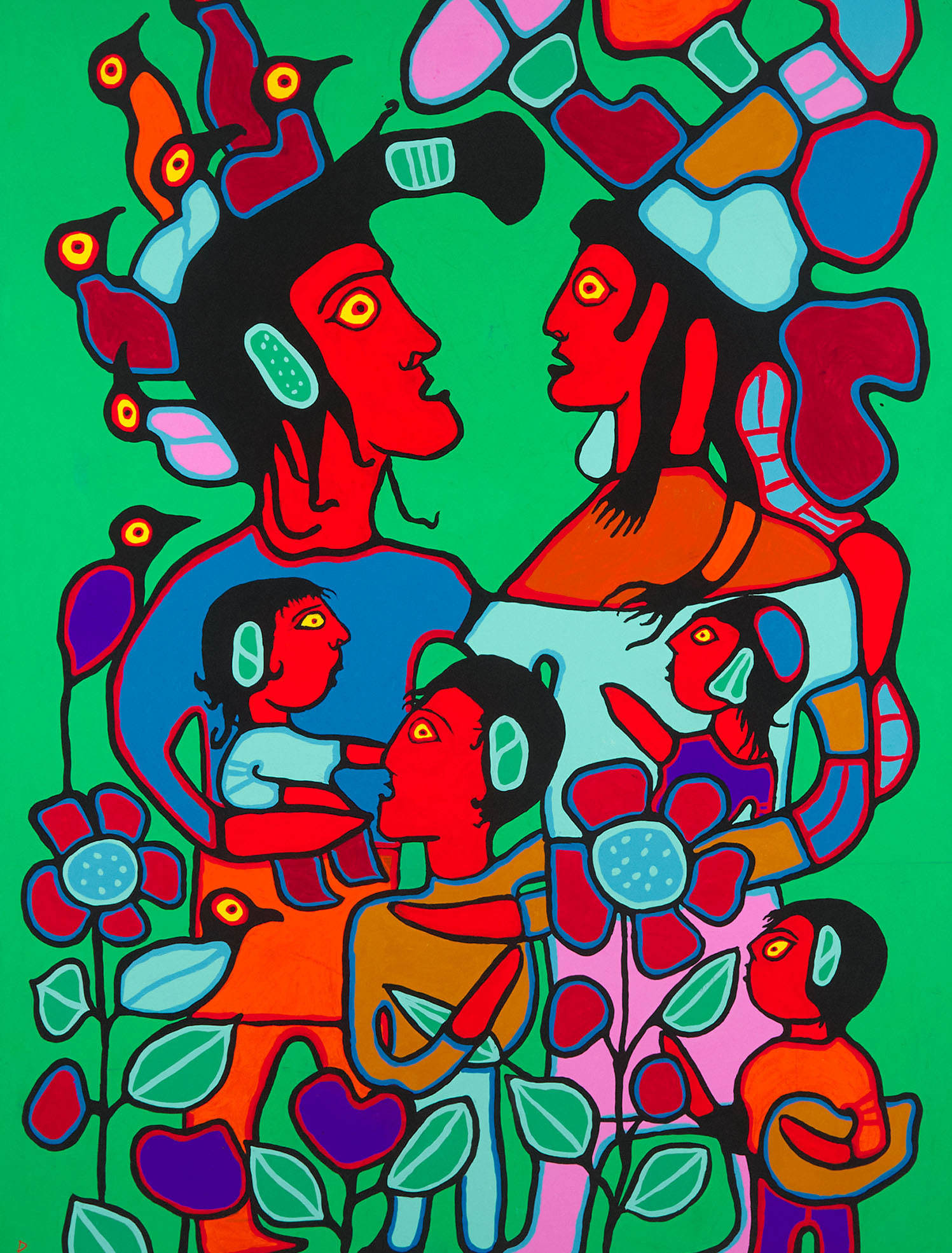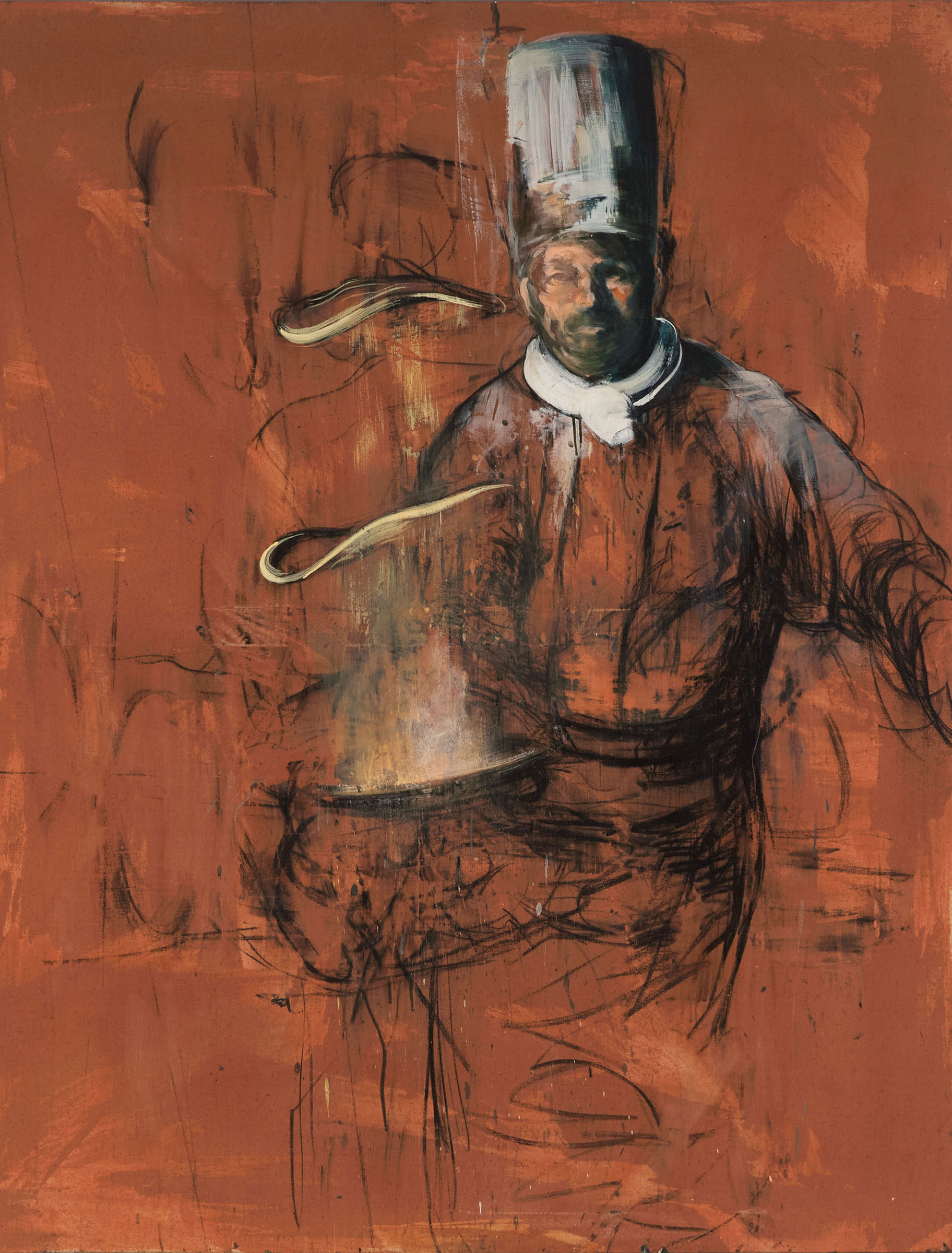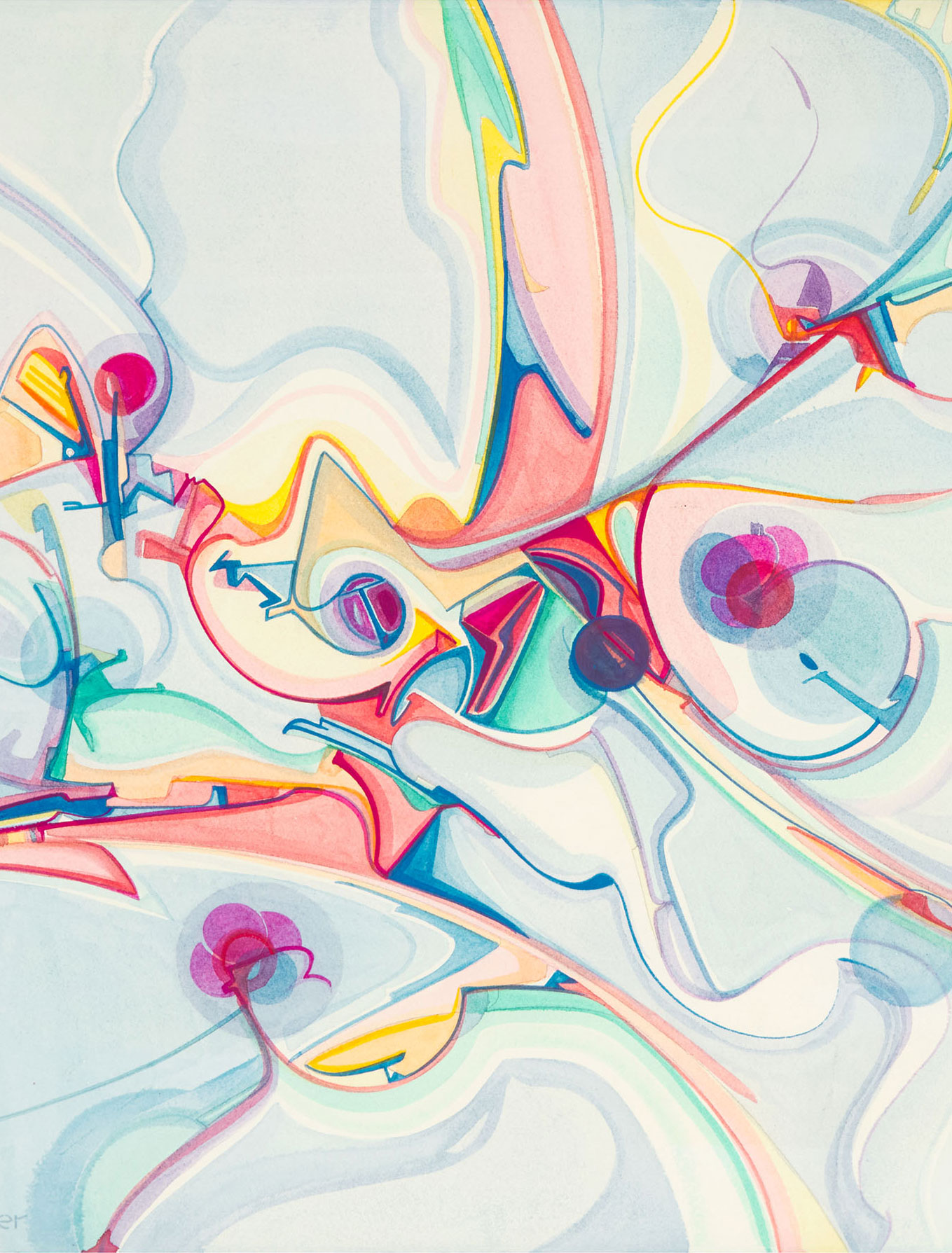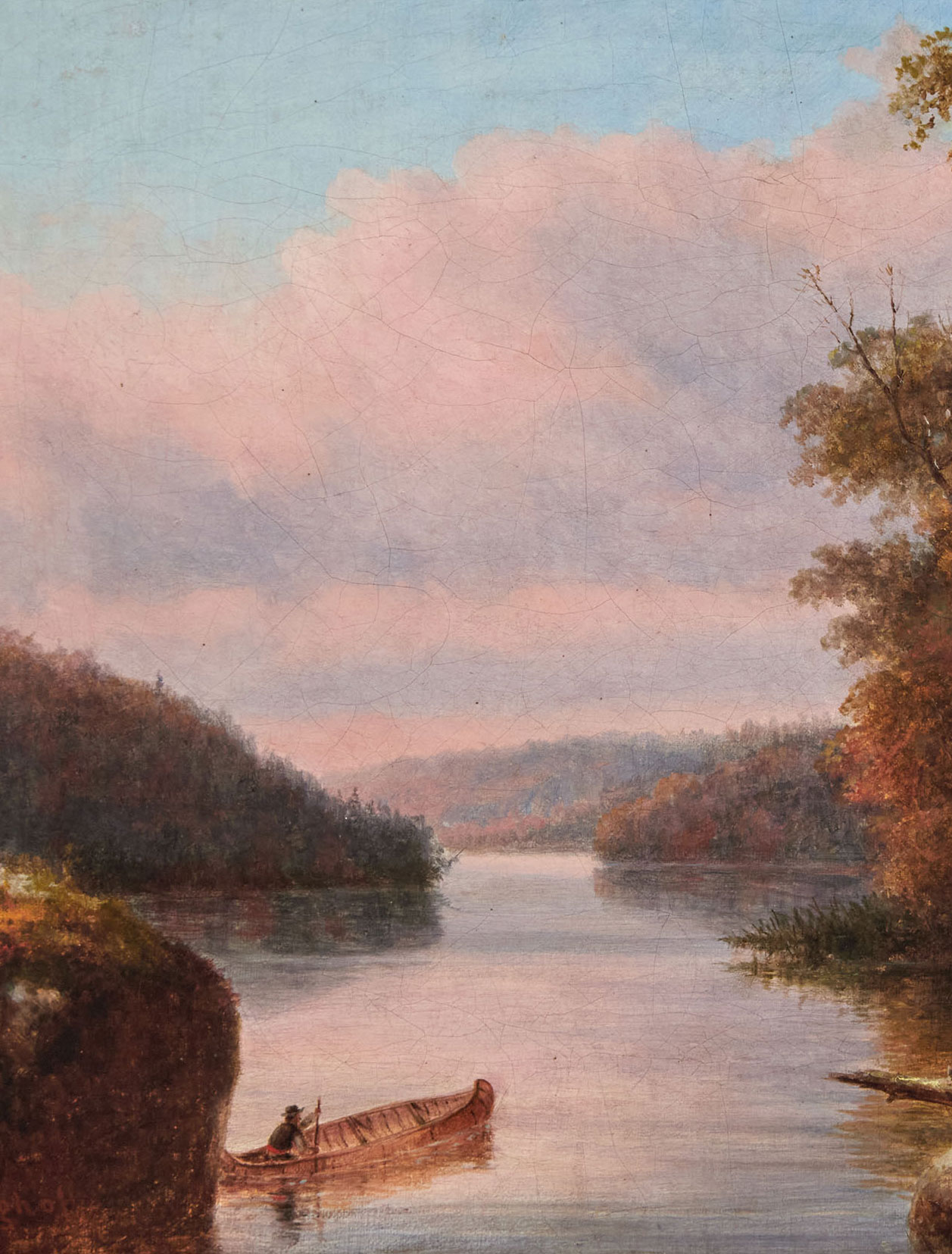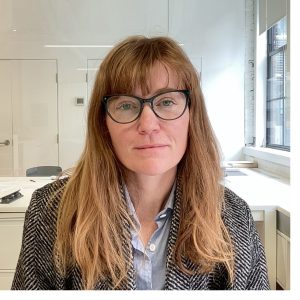
Tara Smith has worked at the CONTACT Photography Festival for 15 years. Though she got her start as a part-time assistant, Smith now works as the festival’s Executive Director, helping to shape the look of the world’s largest photographic exhibition.
Waddington’s is pleased to partner with CONTACT for the second year in a row to present an auction of lens-based works, available for bidding online from May 11 — 16, 2024.
We sat down with Smith to discuss her must-sees at CONTACT this year, how the festival has changed over the years, and a genius trick to fund your art collection.
You’re both the Executive Director of CONTACT as well as a curator. Do you find these two roles fuel each other?
I think that there is a lot of overlap between these two roles in many small visual arts organisations. You see a lot of executive directors who are curators, or curators taking on those roles. For me, being the executive director keeps me thinking about the big picture, but my curatorial background ensures that I am always keeping the artists and their needs in mind. An artist-led approach is central to what we do here at CONTACT.
What does life look like for you during CONTACT?
I have worked at CONTACT for 15 years, and can tell you that each iteration of the festival looks different. The last few years have been a lot quieter because of COVID, but our team still attends and organizes a lot of openings and events. We host international guests coming in from all over the world, whether they are in town for an artist talk, workshop, or for the photo book fair. We meet a lot with the press, trying to build maximum exposure for our artists. Things slow down for us a little bit in the middle of May, where we start to really have the opportunity to go see the shows more closely. Darcy [Killeen, CEO of CONTACT] sees all 150 shows via bike, while I find I am slowing down a bit more now that I am a mom.
What’s in your personal art collection?
My mother was an artist, so my home is full of her paintings, photography and ceramics. Anything that I collect needs to work in tandem with her pieces – which is fine because her aesthetic is sort of my aesthetic. I have art by Kim Dorland, and Rajni Perrera, as well as a collage by Maggie Groat that I bought after working on an exhibition with her at CONTACT last year. Another piece I own is by Ben Friedman, a friend of mine. I also have a Ken Nichol that I bought from Olga Korper; it’s a page from a diary. Another favourite is a Joseph Albers that I hunted down at a furniture store owned by a friend of mine. It reminds me of my mom, who loved Albers’ work. Oh, and a Shelley Niro print that I love that Shelley donated to the festival two years ago.
Growing up with an artist mother, you must have been surrounded by art at an early age. Did that shape the person you became?
Yes and no. I grew up on a farm, so I wasn’t going to galleries every weekend, but we were surrounded by art magazines and books, which exposed me to different ideas. My mother loved abstraction – artists like Rothko, Albers, Helen Frankenthaler – and specifically the art-making process itself. This idea of process stuck with me, and when I began working in the arts at an early age, it quickly became about facilitating artists’ work. My mother taught me to really look at the work first, before anything else.
Is there a “one that got away” for you? A piece you regret not buying?
Sarah Anne Johnson. CONTACT had some limited edition prints of hers years ago that sold out. I should have bought one!
What do you think makes a good picture? Has your answer changed over the years?
I studied a lot of minimal, conceptual art at school, but now I find myself more drawn to anything that evokes a specific moment in time. That could be street photography, photojournalism, or a family photograph. I like to see time, and am fascinated with black and white photographs, those small moments that make you feel something. Maybe it’s my age, or that I am a parent, but I like to see work that’s a little bit vulnerable, either through the artists or the subject, or both, hopefully. That said, the work I like doesn’t necessarily have to be figurative.
What art are you currently interested in?
I am interested in artmakers who are thinking about the natural world and climate issues through a decolonizing lens, and those considering new modes of production and presentation looking to reduce their environmental impact. Maggie Groat, who we worked with last year, is a great example. Her practice is centred around making art without producing unnecessary waste. There are so many interesting artists around the world – mostly women – who are looking at how and why we make art, which I think is really important in our current moment.
How does Toronto as a city influence the shape that CONTACT has and vice versa?
Toronto is a city of neighbourhoods. CONTACT is open to all, so anyone can apply to be a part of the festival in our open call, whether that’s an individual or a community project. Projects are located across the GTA, which means that CONTACT has become a festival of neighbourhoods. Our scope is only limited by the city itself. From Scarborough to Mississauga to Hamilton, we’re all sharing momentum and resources to celebrate photography.
How do you think the festival and the work that it exhibits has changed over the years?
What’s interesting is how global trends in artmaking get unconsciously represented here. In the early 2000s, that meant a lot of conceptual pieces and art that was interested in deconstructing photography, in examining how an image gets made. Now a lot of work is rooted in identity politics, in looking at people’s personal stories and different perspectives. It ties in with what I was saying earlier about my current interest in narratives, in specific moments in time.
Do you think Toronto or even Canada has a regional style that sets it apart from other countries?
I’ve had guests come to Toronto during CONTACT who say that we are one of the most diverse festivals they’ve ever been to in terms of representation. And this isn’t recent feedback, this goes back almost a decade. We have so many unique voices that contribute to CONTACT, in terms of partners, curators and artists. There are alway through-lines, points of connections that emerge, but the work we show is just so broad.
What are some must-sees at CONTACT this year?
Jake Kimble, who did a project with us on one of the billboards last year. Arielle Bobb-Willis is doing a public installation at Davisville Station called “Furiously Happy.” Sara Angelucci is going to be at Stephen Bulger Gallery. I always love her work. Laura Margaret Ramsey is showing a video work in our gallery, which I’m excited to see. It’s about beavers, and maternal ways of working. Though we no longer have an overarching theme to the festival, this year it feels very local.
What advice would you give to someone starting out?
I would say to hold on to your beliefs, focus on staying true to what you love, and try not to get too caught up in social media. The internet is a wonderful place to access information, but sometimes focusing on creating an online persona and posting all the time can suffocate the work people set out to do. Look inside yourself and stay true to that vision, whether you’re an artist, curator or collector.
What advice do you have for novice collectors?
A curator I know once told me that she would fall in love with works of art at different galleries around the city, and would put the works on layaway. It might take her years to pay for a piece, a bit at a time. She taught me that money doesn’t need to get in the way of collecting art. There are also so many ways to collect that aren’t expensive – buying works on paper, or keeping a close eye on auctions. There is some great work on offer in the Waddington’s Photographs auction, a mix of local and international artists whose careers are growing. For me this collection is a wonderful look at what the festival has shown over the years, either in an exhibition or as public art installation. These artists were so lovely to work with and have been very generous to donate their work to us. Plus they’re beautifully framed by The Gilder and Toronto Image Works – it’s so nice not to have to reframe a purchase.
One of my art-buying strategies has been to give up drinking coffee outside the house, but saving all of the money I would have spent in a fund. When the fund accumulates, I use it to buy art.
Curator’s Picks:
We asked Tara to select ten works from the Photographs auction that catch her eye, ten works that she thinks everyone should take a closer look at.
Lot 10 – Edward Weston (1886-1958), American
RANCHO SONOMA, 1937
gelatin silver print flush mounted to card
Edward Weston credit stamp, printed and signed by Cole Weston to the credit stamp verso; titled, dated, and inscribed “CR-LL-19” by Cole Weston in pencil to mount verso
image 7.3 x 9.3 in — 18.5 x 23.6 cm
Estimate $2,500-$4,500
Tara says: “A gelatin silver print of a Weston landscape is so nice. I like the space in between – fences and stacked trees that subtly show the labour of farming. As a child I would often traverse these spaces.”
Lot 16 – Edward Weston (1886-1958), American
CYPRESS ROOT AND SUCCULENTS, POINT LOBOS, 1930
gelatin silver print flush mounted to a card support
Edward Weston credit stamp, printed and signed by Cole Weston to the credit stamp verso; titled, dated, and inscribed “43T” by Cole Weston in pencil to mount verso
image 7.3 x 9.3 in — 18.5 x 23.6 cm
Estimate $3,000-$5,000
Tara says: “The movement and pattern in the tree is very seductive – a classic.”
Lot 21 – Richard Harrington (1911-2005), Canadian
‘ARCTIC FUR SHOW’ AT H.B.C. SPENCE BAY N.W.T., 1951
gelatin silver print
signed, titled, dated, numbered 4/5, and stamped verso; printed 1979
20 x 16 in — 50.8 x 40.6 cm
Estimate $2,000-$3,000
Tara says: “For me there is joy and humour in this work, both in the subject’s smile and the title of the work.”
Lot 36 – Dana Claxton (b. 1959), Canadian
STUDY FOR A PROTEST, 2018 (FROM THE CONTACT PHOTOGRAPHY COLLECTION)
chromogenic print
signed, titled, dated, and numbered 11/25 to label
20 x 16 in — 50.8 x 40.6 cm
Estimate $1,200-$1,800
Tara says: “I’m a fan of Claxton’s work and this image is almost otherworldly depicting these powerful women moving through an undefined space and time.”
Lot 37 – Ken Lum (b. 1956), Canadian
I DON’T KNOW WHETHER TO LAUGH OR CRY, 2003 (FROM THE CONTACT PHOTOGRAPHY COLLECTION)
giclee print on Arches paper
signed and numbered 58/75 to margin
image 20 x 7.75 in — 50.8 x 19.7 cm
Estimate $1,000-$2,000
Tara says: “I think we can all relate to this image!!”
Lot 46 – Lynne Cohen, RCA (1944-2014), Canadian/American
INDOOR SWIMMING POOL DISPLAY, SWIMMING POOL STORE, OTTAWA, 1977
silver gelatin print
titled and signed by artist to mount verso; titled and dated to gallery label
image 7.5 x 9.5 in — 19.1 x 24.1 cm
Estimate $1,400-$2,000
Tara says: “I have a Lynne Cohen already in my collection. This early work in black and white is such a wonderful example of the way she sees the world. The cropped image presents a surreal, almost film noir still.”
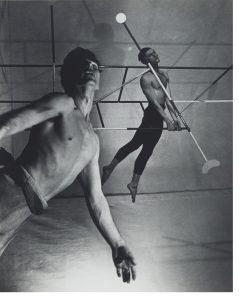 Lot 90 – Philippe Halsman (1906-1979), Latvian/American
Lot 90 – Philippe Halsman (1906-1979), Latvian/American
MARTHA GRAHAM DANCE GROUP, 1946
gelatin silver print
signed, titled, dated and stamped verso
sheet 13.75 x 11 in — 34.9 x 27.9 cm
Estimate $400-$600
Tara says: “I love modern dance and I love Martha Graham. The photograph reminds me of an early Bauhaus scene.”
Lot 78 – Carolee Schneemann (1939-2019), American
COLOUR VARIATION FROM “EYE BODY: 36 TRANSFORMATIVE ACTIONS FOR CAMERA,” 1963
chromogenic print
signed verso
12 x 16.5 in — 30.5 x 41.9 cm
Estimate $1,000-$2,000
Tara says: “Schneemann is a strong feminist performance artist, a subject I studied in university.”
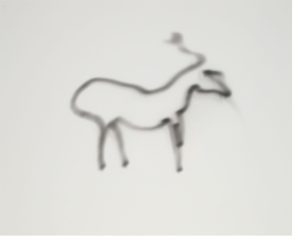 Lot 97 – Alison Rossiter (b. 1953), American
Lot 97 – Alison Rossiter (b. 1953), American
LIGHT ANIMAL NO. 1, 2000
photogram on gelatin silver paper
signed, titled and dated in pencil verso
16 x 20 in — 40.6 x 50.8 cm
Estimate $2,000-$3,000
Tara says: “I have always wanted an Rossiter artwork, seeing her shows over the years at Stephen Bulger Gallery. I love her analogue experimentation, as well as the scale. Sometimes bigger is not better.”
Lot 107 – Shelby Lee Adams (b. 1950), American
LEDDIE WITH CHILDREN, 1990
signed, titled, dated and numbered 6/25 verso; printed ca. 1995
image 9.75 x 12.75 in — 24.8 x 32.4 cmEstimate $2,500-$3,500Tara says: “This image is very intriguing to me, it looks like an image from the 40’s or 50’s but it wasn’t taken that long ago. My father came from a big family and how the artist managed to achieve this family portrait, gathering them all together and looking at the camera is a mystery.”
About the Auction
Photographs in Partnership with CONTACT Photography Festival is offered online May 11 – 16.
Public previews will be available at our Toronto gallery, located at 275 King Street East, Toronto:
Sunday, May 12 from 12 noon to 4 pm
Monday, May 13 from 10 am to 5 pm
Tuesday, May 14 from 10 am to 5 pm
Or by appointment.
Please contact us to find out more, including consignment opportunities.
Related News
Meet the Specialists

Goulven Le Morvan
Director, International Art, Montreal
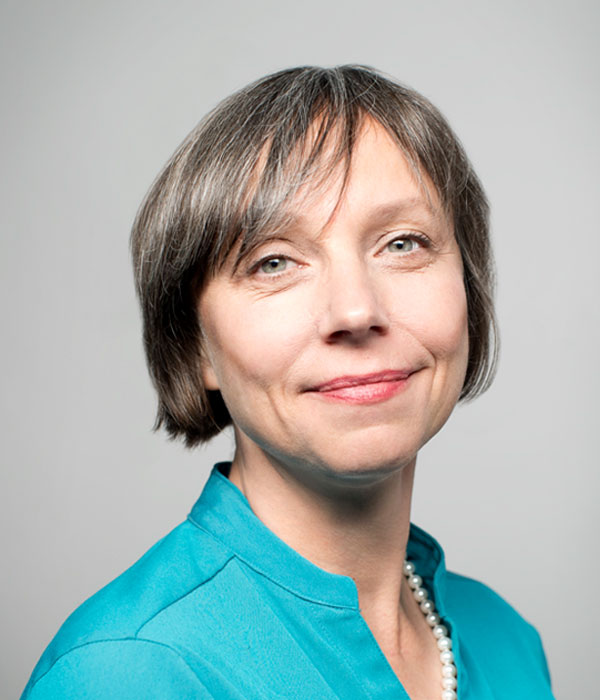
Liz Edwards
Director, Canadian Fine Art
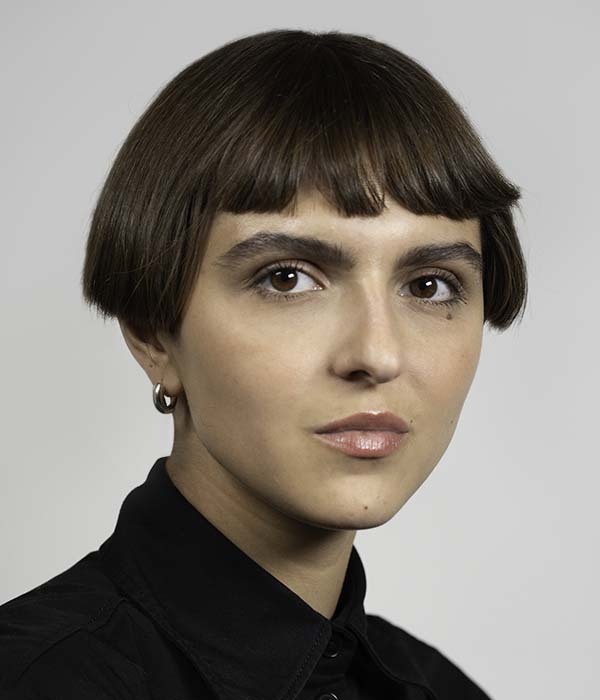
Alicia Bojkov
Consignment Specialist, International Art

Gregory Humeniuk
Senior Specialist
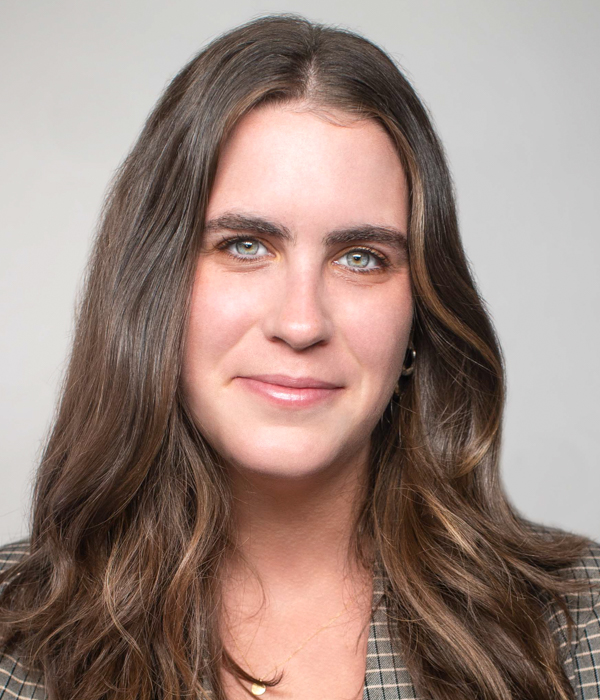
Kendra Popelas
Consignment Specialist



